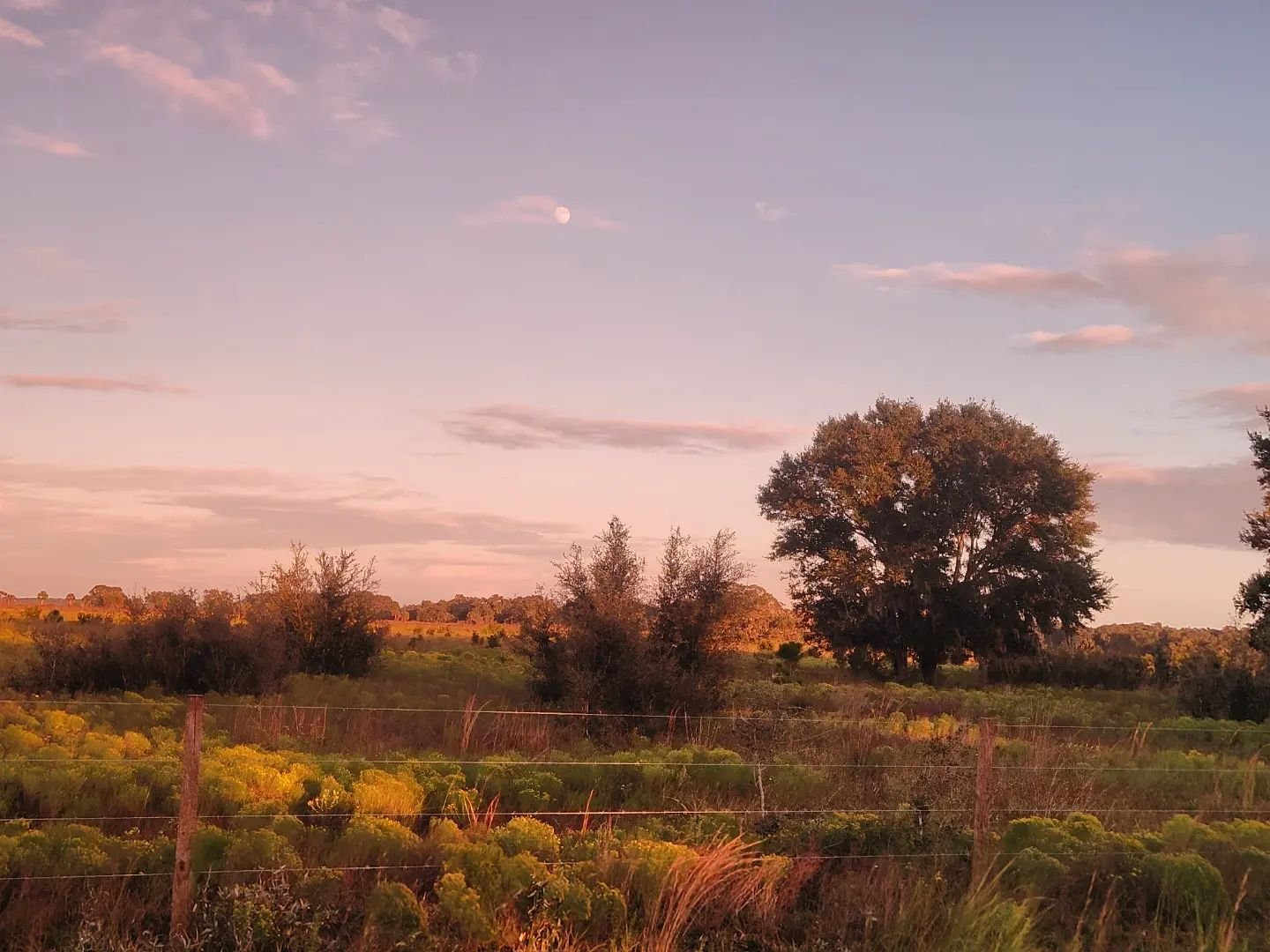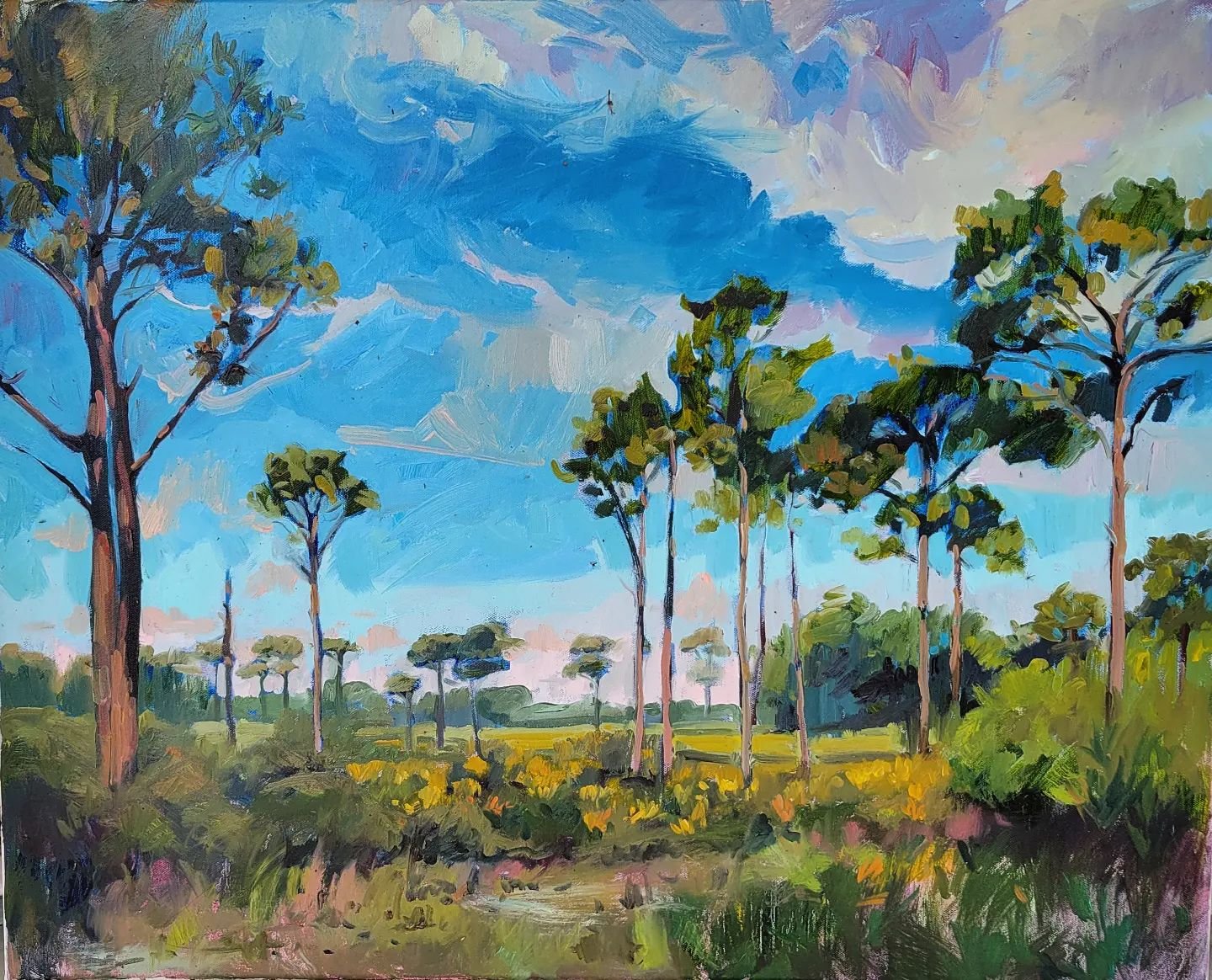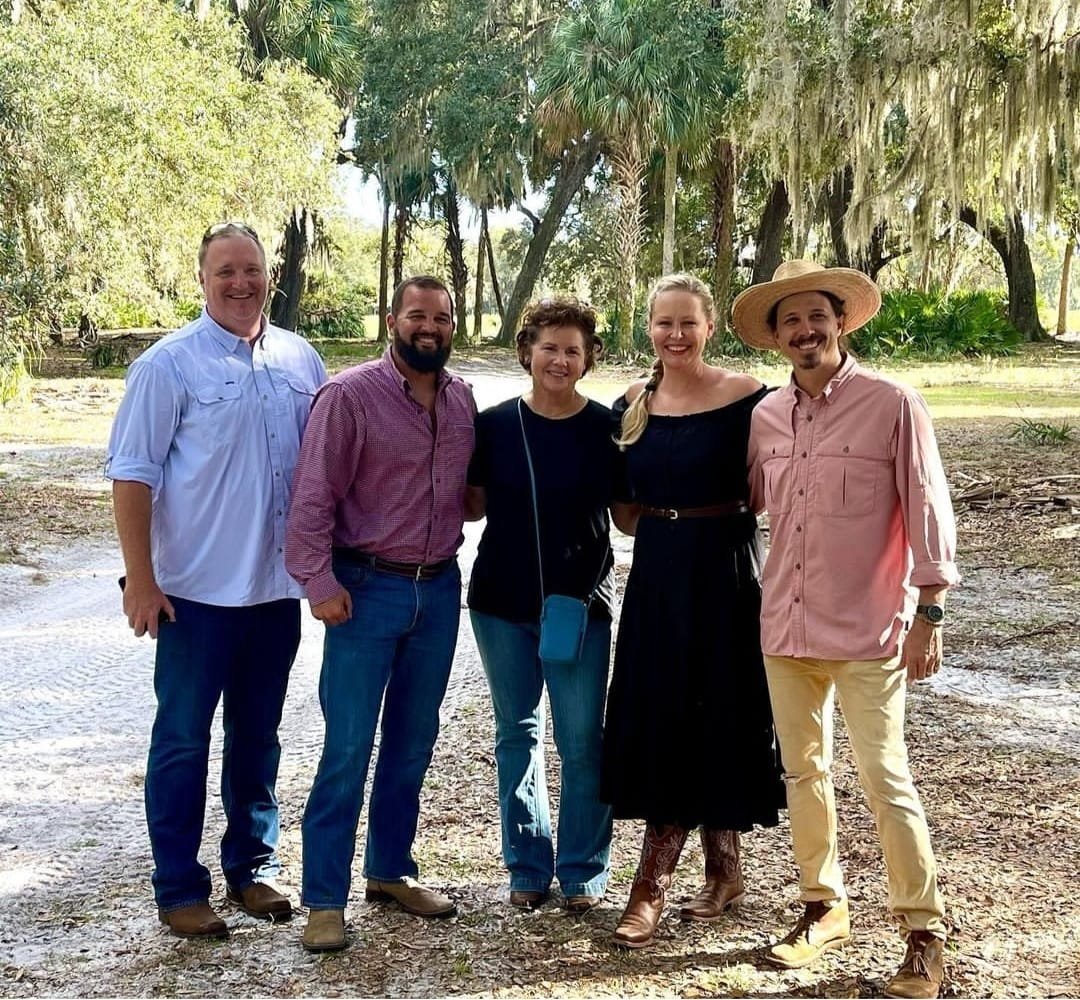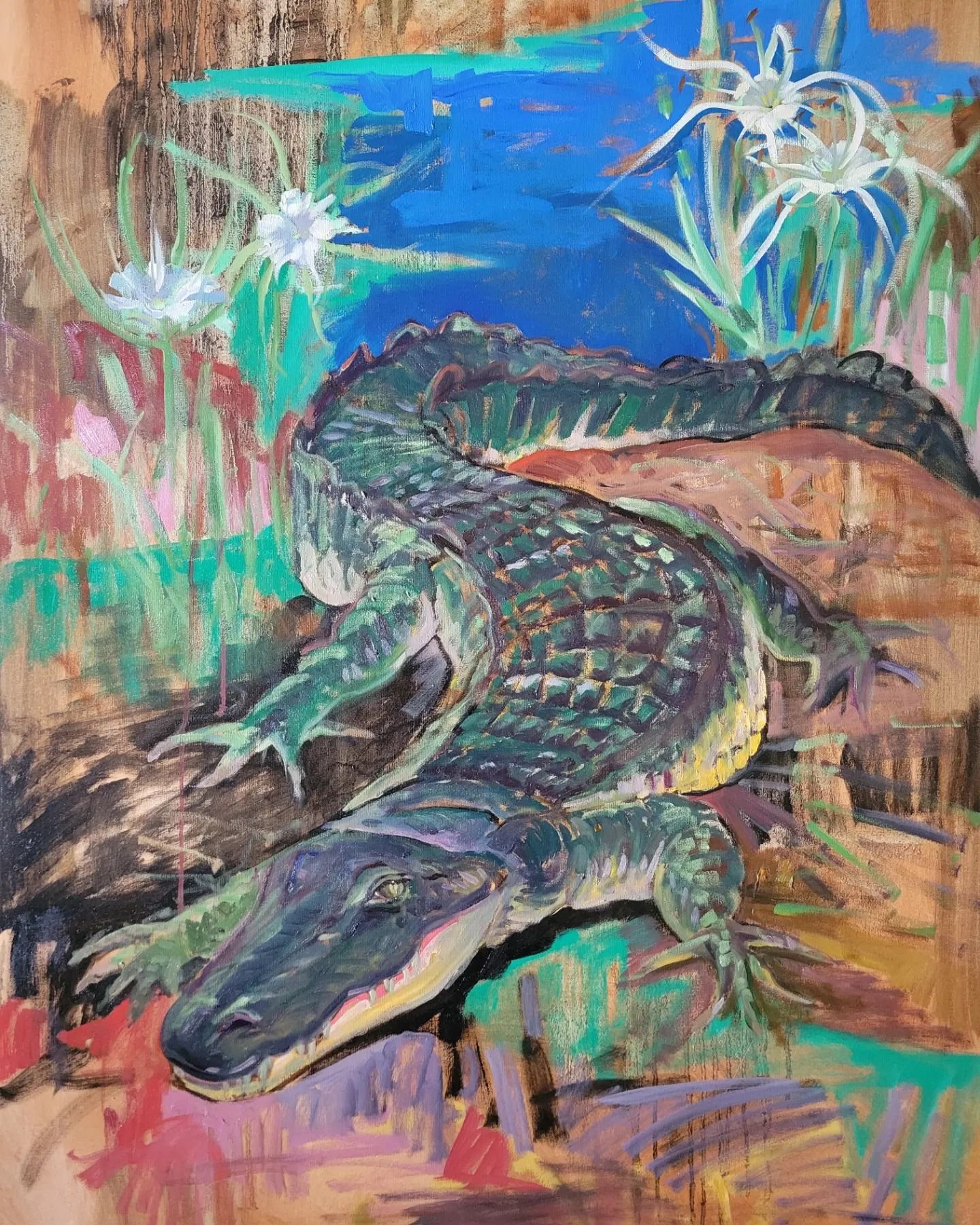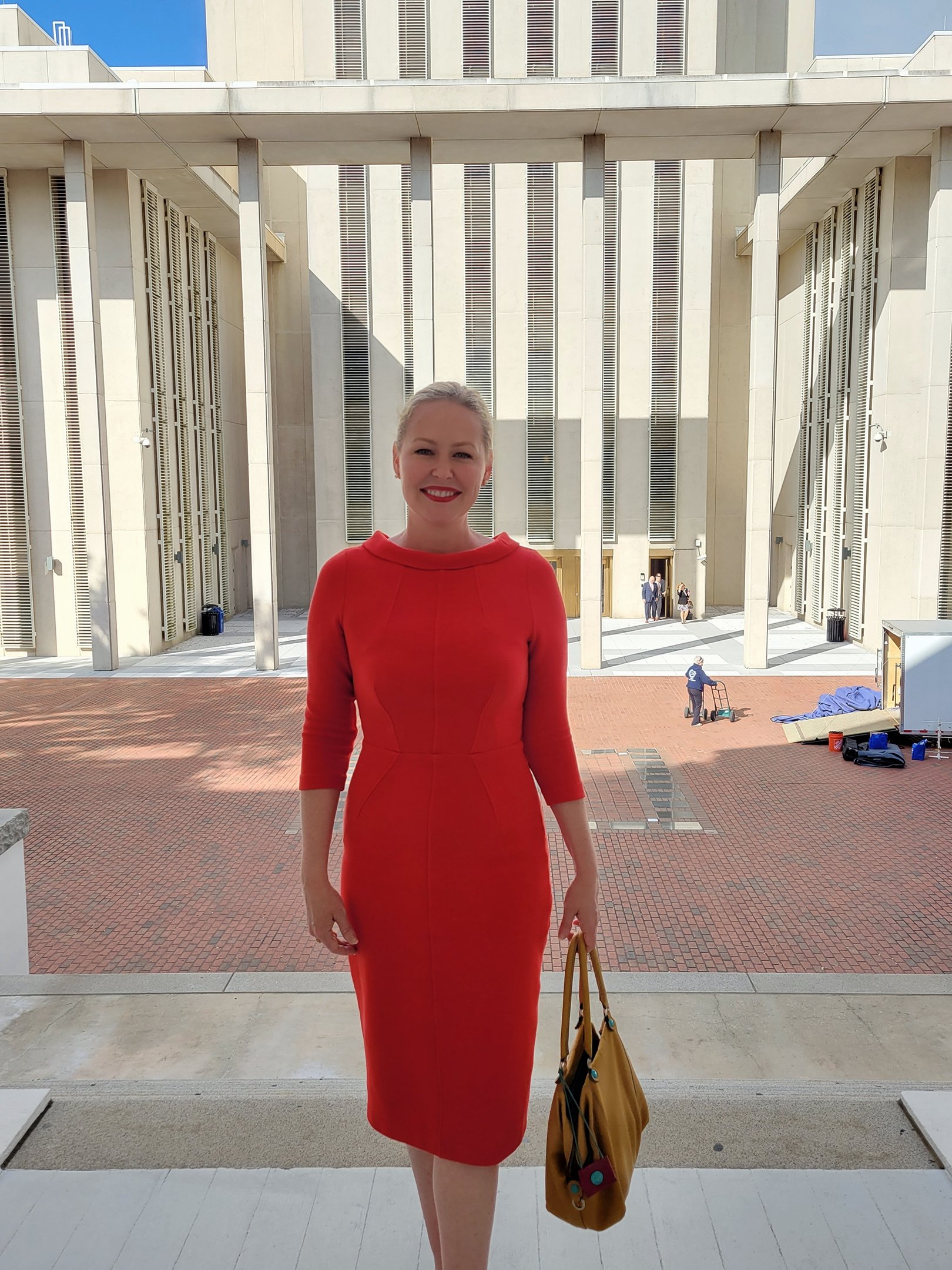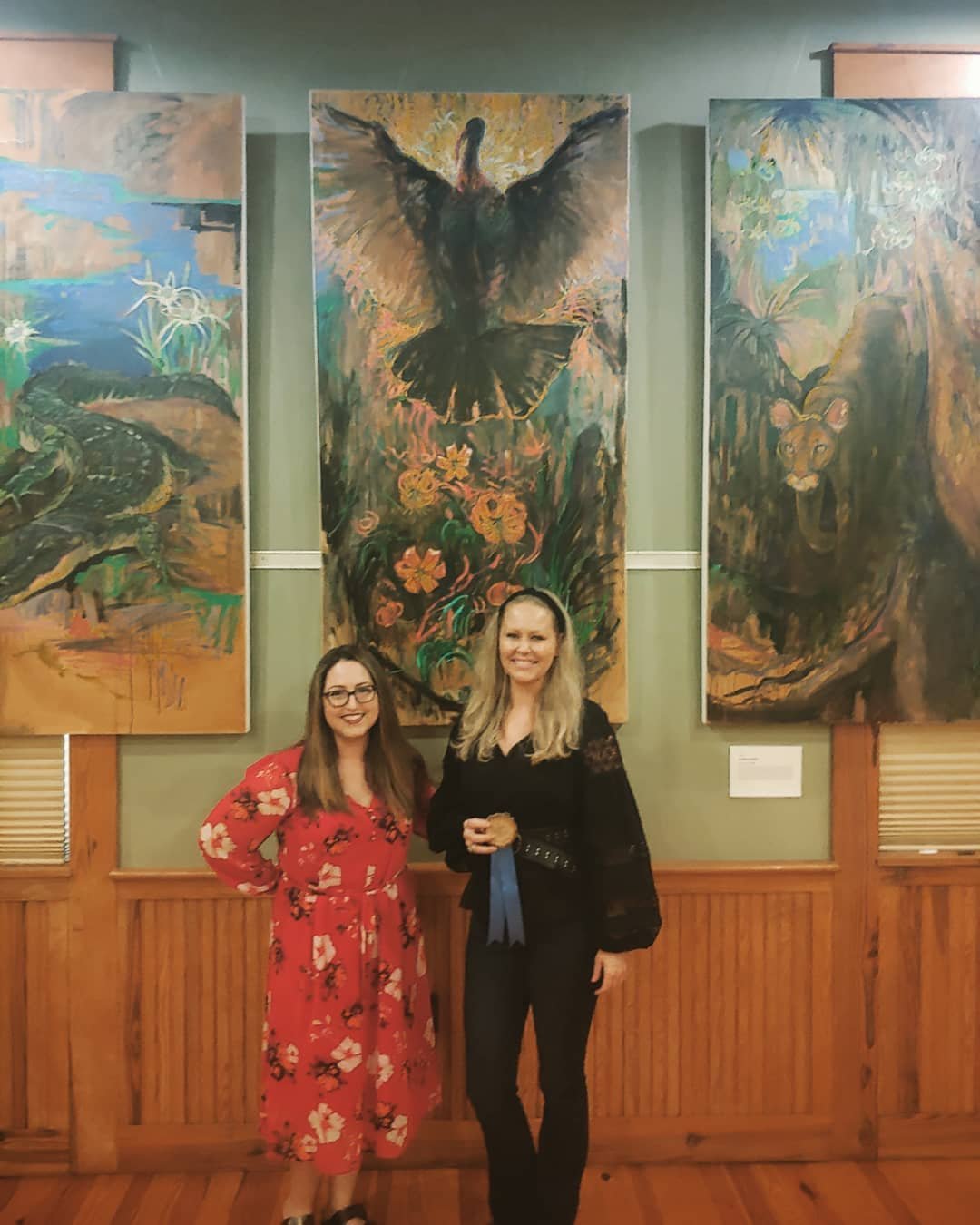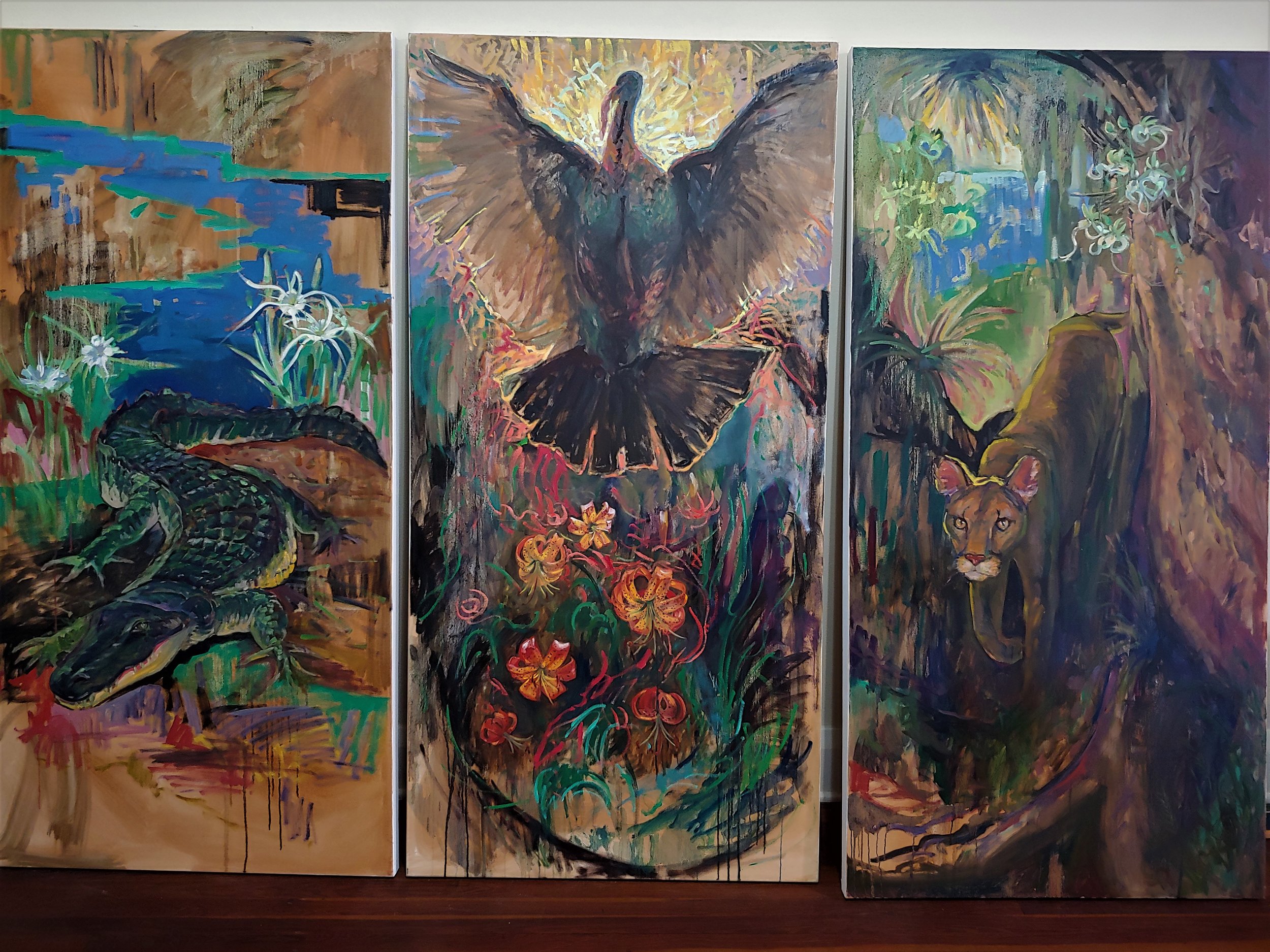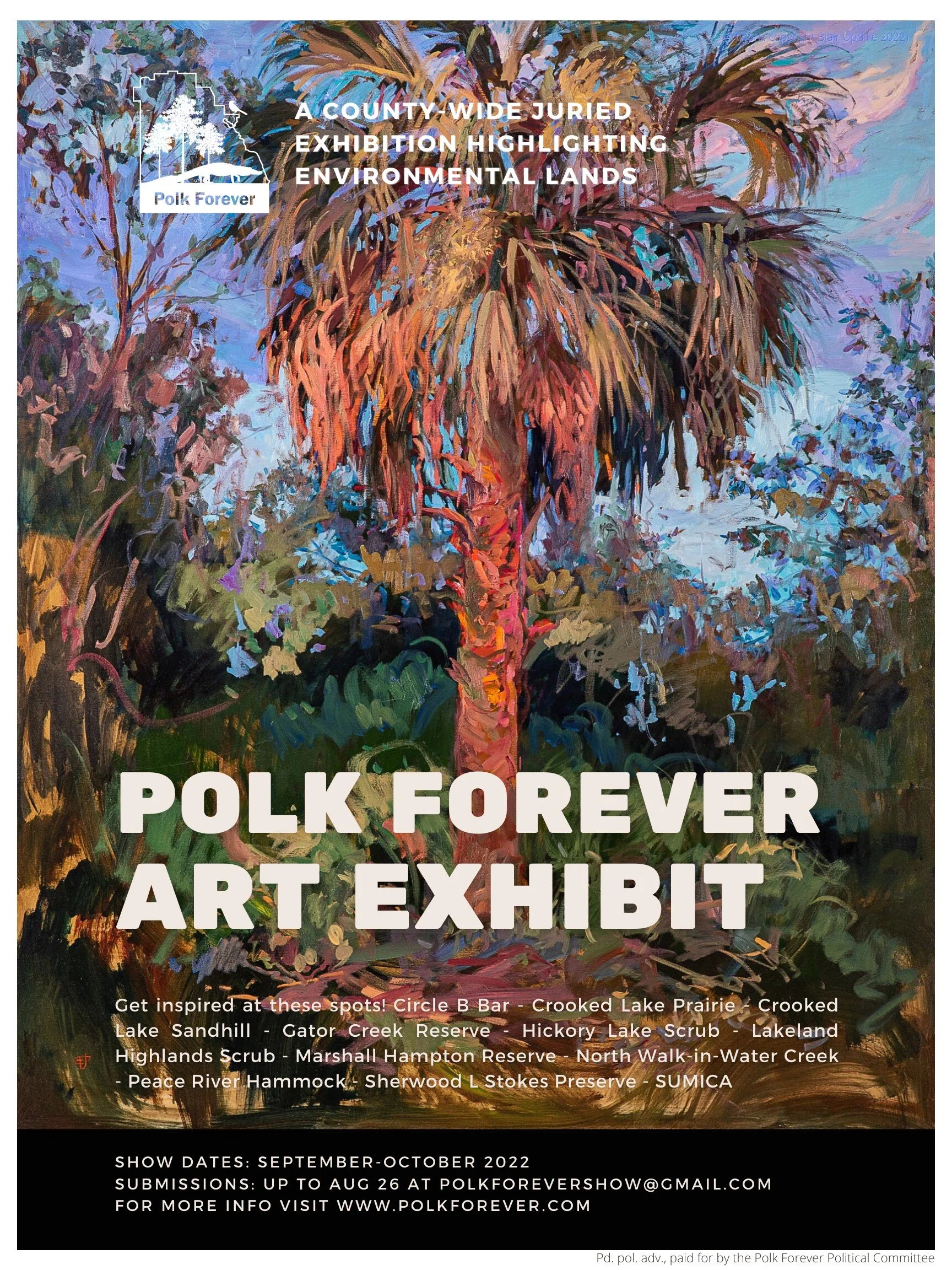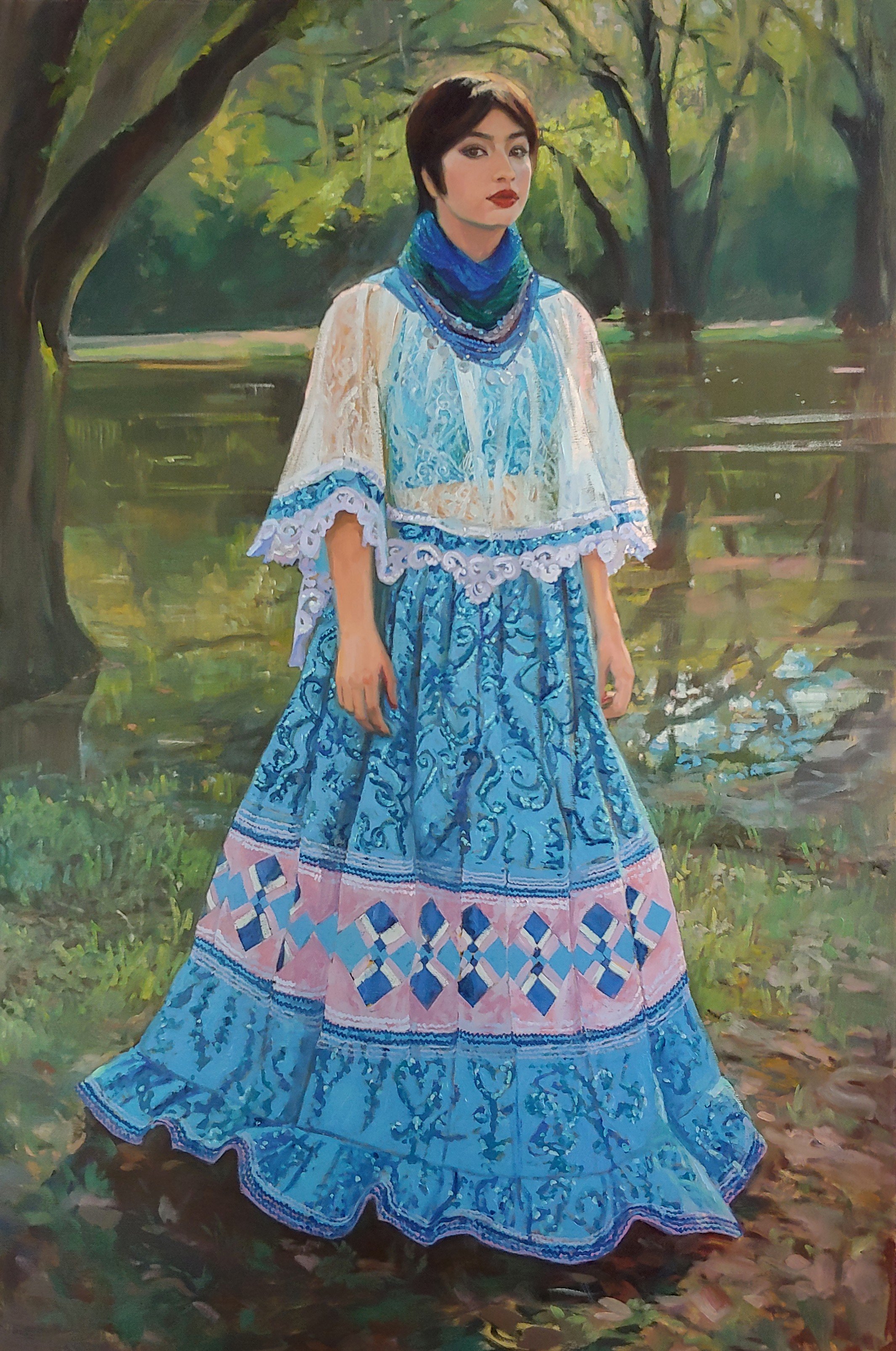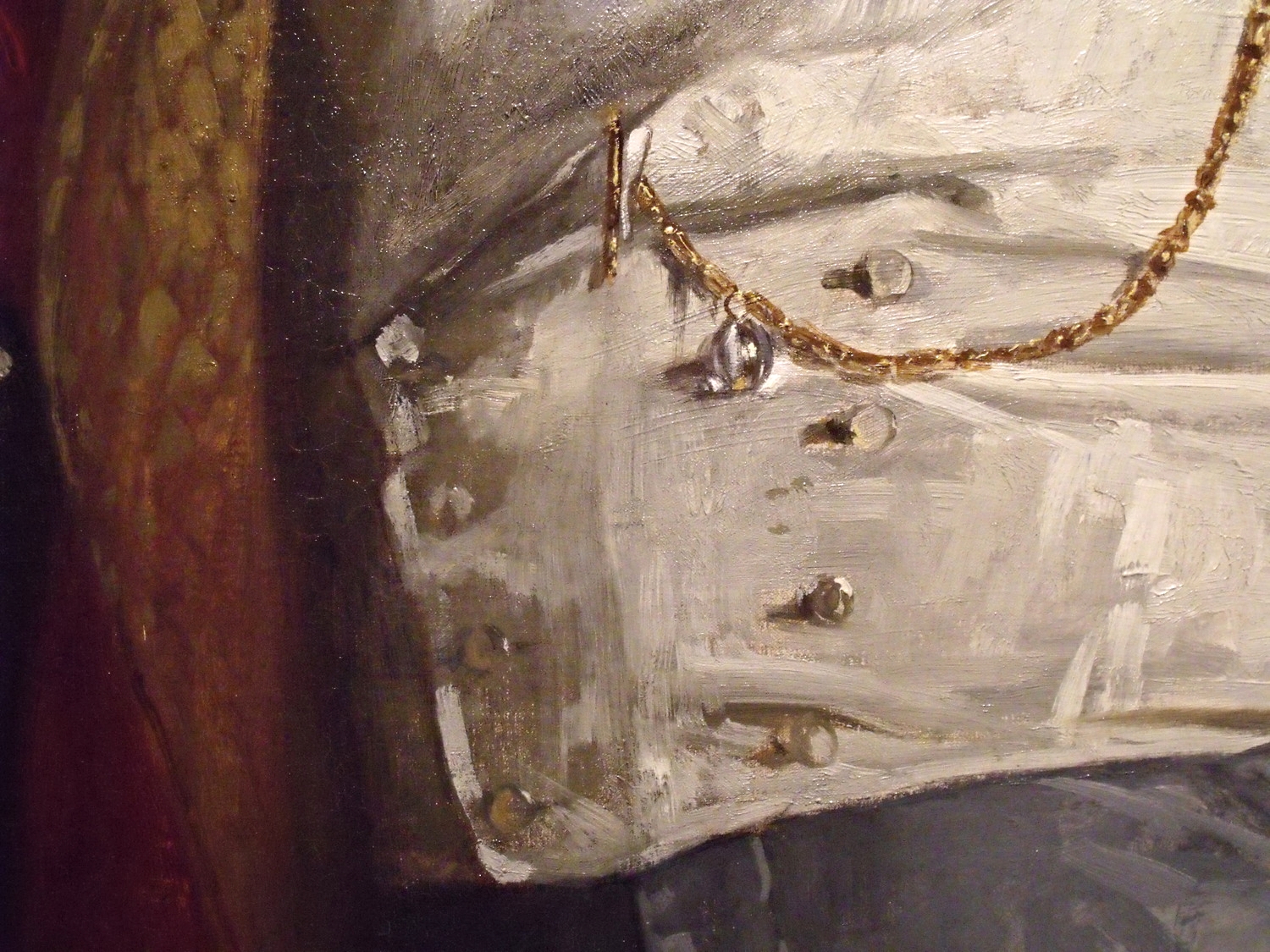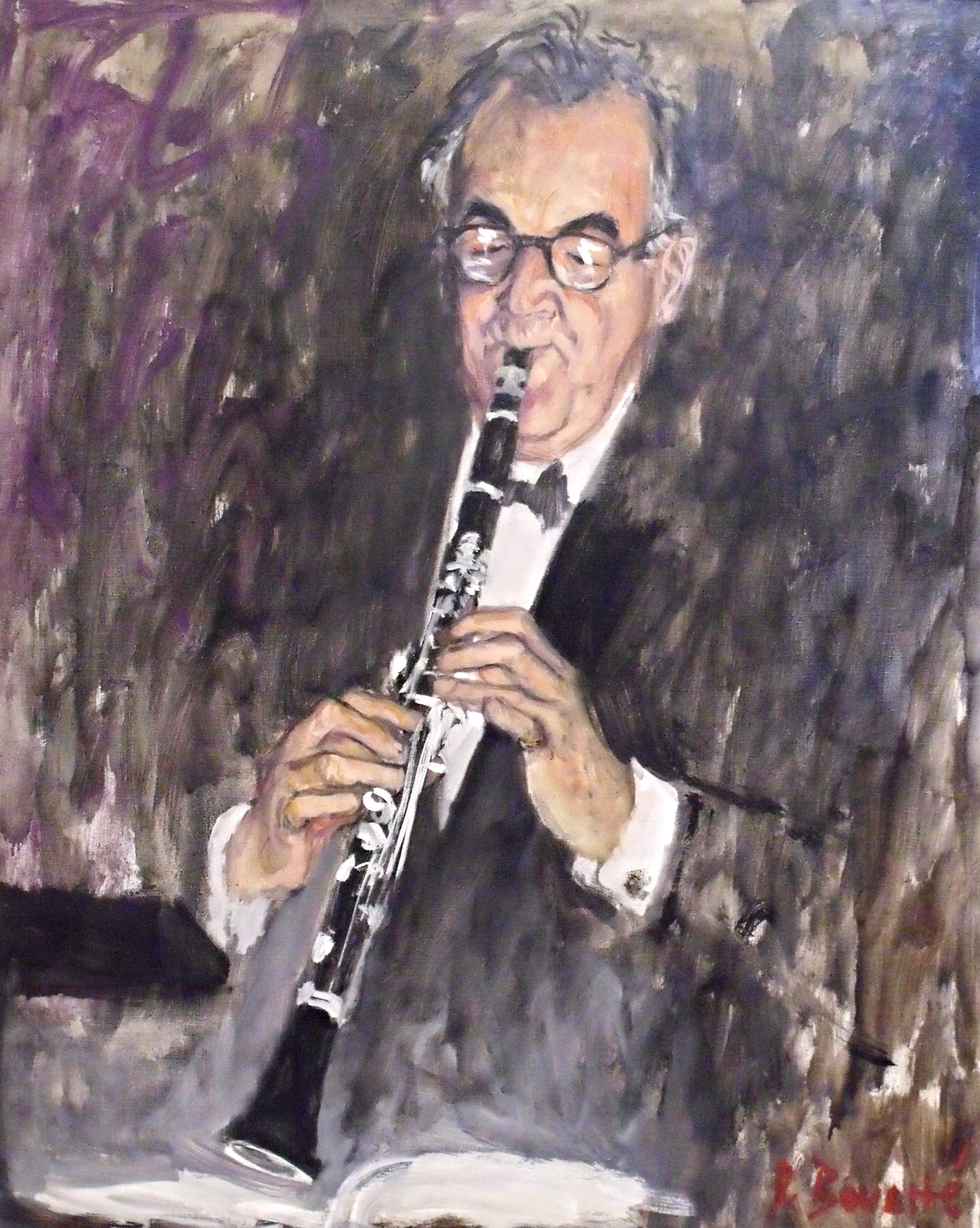Over the years I’ve contributed a number of articles to the Portrait Society for publication in their journal, and on their blog, with the intention of posting the long forms on here. Ed Jonas was the one most on my mind when I decided it was time for an update. I know he’s dearly missed by so many, including me.
Ed Jonas is someone I had known about in a roundabout way for years. This is one of those Southern tales where it turns out everybody knows everyone, and we're all connected somehow. Ed and I didn't turn out to be distant relatives or anything, but in keeping with the thread, there were a lot of cousins involved. Earlier in his career, Ed managed the Museum of Natural History in Tallahassee where my cousin worked.
At the time, Ed was primarily known as a portrait painter. My cousin commissioned Ed to paint her two boys lounging with Duchess the Maltese. When we would visit my cousin, we all admired his beautiful portrait painting. Later when I was in college, my mother decided to have my portrait painted. When she called Ed, he was almost three years out on commissions, so he recommended Ann Kenyan, a Portrait Society member out of Jacksonville.
Skip forward about ten years, and I'm starting to look into painting more seriously. While at my first Portrait Society Conference, my mother said I should try to find the portrait painter from Tallahassee. She couldn’t remember his name, but certainly he was there somewhere. I asked around to see if anyone knew a prestigious portrait painter from Tallahassee, but everyone seemed oblivious. I couldn’t find this mysterious portrait painter anywhere. When I got home, I asked my cousin who she said his name was Ed Jonas, and I think 'that sounds very familiar.' I'm not sure at what point I finally figured out that we were talking about the Chairman of the Portrait Society, who gave talks at the conference and was hiding in plain sight and working as a sculptor. Eventually, it was all straightened out.
Through the Portrait Society and the conference, I met Charles Miano, who runs Southern Atelier in Sarasota. When he offered an Anatomy for Painters Sculpture Workshop with Ed, I signed right up. It was there I got to know Ed as a teacher. He was direct but patient and knowledgeable not just about anatomy and art, but also versed in history, science and politics. One second, he was teaching about the sternocleidomastoid, while the next he held a replica of a skull from one of Florida's native American people, discoursing on Timucuan diet and leather production and their influence on bones and teeth. Everyone spoke of him with fondness and respect.
After taking his course, I decided I wanted to sculpt a head of Osceola, the prominent Seminole War figure. I tracked down the original casting of his death bust at the Smithsonian Institute and requested permission to view, measure and photograph it. I contacted Ed about what measurements I needed. Ed came to the conclusion that I required supervision at the Smithsonian “so you don't overlook anything important.” In other words, there was no way Ed was letting me go somewhere as interesting as the Remote Storage Unit of the Smithsonian without him. It probably didn't hurt my case with the Smithsonian either saying that I was bringing along the Chairman of the Portrait Society of America.
We coordinated our visit to the Smithsonian with the Art of the Portrait Conference in DC. Ed finished the conference with a rousing closing speech, and we rushed out for our appointment. During the ride I learned that Ed was originally a medical student and had previously dissected a cadaver.
When we arrived at the Smithsonian, our guide was Dr. David Hunt, a physical anthropologist. Ed was very impressed to learn that Dr. Hunt had worked on the original Body Farm (a story for another day). The route to the Remote Storage Unit wound through many different storage areas. It was interesting and circuitous, and finally we reached the back room where there were rows and rows of busts, mostly Native American, and taken from life.
We pondered how freaked out some of the subjects must have been, knowing little if any English, and sitting there trying to trust that this white guy is not actually killing you through your face as the plaster heats up and you breathe through the straws in your nose.
Dr. Hunt had pulled out Osceola's bust in preparation and had it on a cart. Ed noted with some sadness how sunken in his face was and explained that for the last few weeks of his life, while imprisoned in Ft. Moultrie in South Carolina, Osceola had eaten only boiled eggs by swallowing them whole because he was suffering from an abscess in his throat. Ed was prepared with his own caliper and took measurements while I wrote them down. We photographed Osceola from every angle, and Ed made sure I had the right setting on my camera. I felt like the coolest, most important nerd ever that afternoon hanging with Ed and Dr. Hunt in the bowels of the Smithsonian.
Both men were genuinely fascinated by humans and their bodies. Although the conversation that day was not normal stuff to me, I felt honored that I was along for the ride with these two enthusiasts and honored to be a part of the discussion. It was like creepy Indiana Jones!
I'm constantly behind and have never gotten far on my bust project, and I regret not being able to catch up with Ed and his beloved Christine in Tallahassee. We were always in different places, but I am left with the impression that in spite of what I may not have gotten done, I was very blessed to spend one of my best days with a great man. Generous, curious, compassionate, skilled, hardworking Ed is going to be greatly missed.


